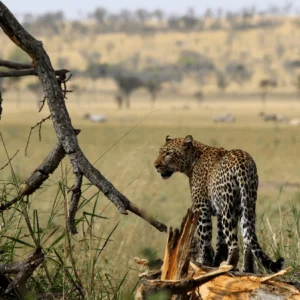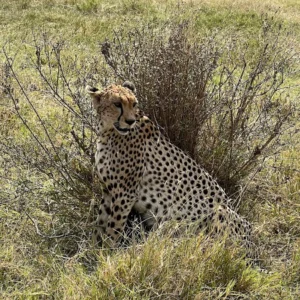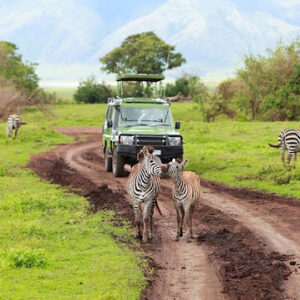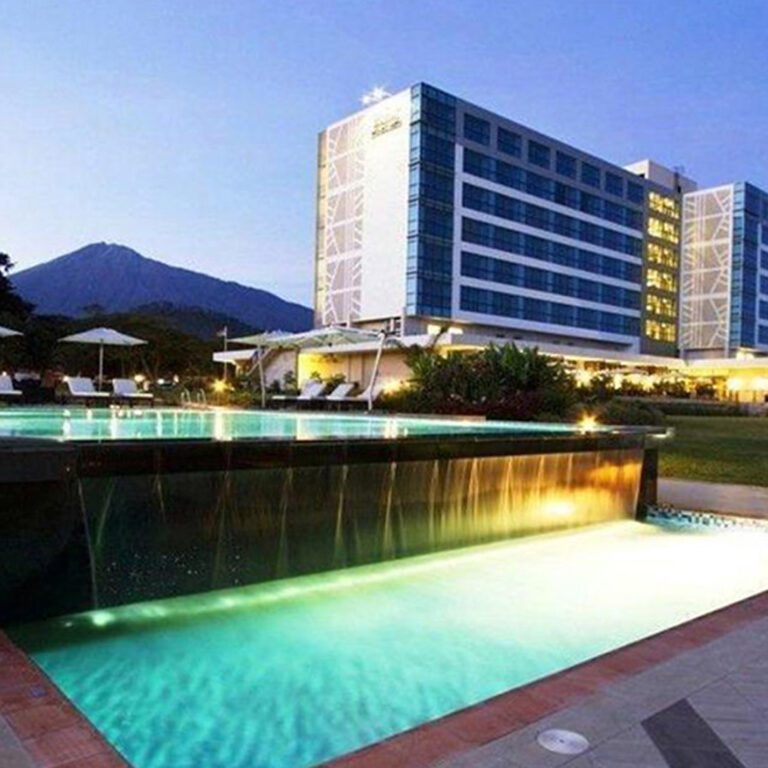Training with an Altitude Mask Help Me Climb Kilimanjaro
Mount Kilimanjaro, the highest peak in Africa, presents a formidable challenge even to seasoned climbers. Standing at 5,895 meters (19,341 feet), it requires not only physical stamina but also the ability to acclimate to high altitudes. One training tool that has gained popularity among climbers is the altitude mask. This article explores whether training with an altitude mask can effectively prepare you for the rigorous ascent of Kilimanjaro.
Understanding Altitude Masks: Altitude masks, also known as elevation training masks, are designed to simulate high-altitude conditions by restricting airflow. This mimics the oxygen levels found at higher elevations, theoretically helping athletes improve their respiratory efficiency and endurance. The masks feature adjustable resistance settings, allowing users to increase or decrease the level of airflow restriction.
How Altitude Masks Work
The primary goal of using an altitude mask is to simulate the hypoxic conditions experienced at high altitudes. By reducing the amount of oxygen available during exercise, the body is forced to adapt, potentially enhancing lung capacity, increasing the production of red blood cells, and improving overall aerobic endurance. These adaptations are crucial for climbing mountains like Kilimanjaro, where the air becomes thinner and oxygen levels decrease as you ascend.
Benefits of Training with an Altitude Mask
Improved Respiratory Efficiency: Training with an altitude mask can strengthen the diaphragm and intercostal muscles. Leading to better control of breathing and improved oxygen uptake efficiency.
Increased Red Blood Cell Production: The hypoxic conditions simulated by the mask can stimulate the production of erythropoietin (EPO). A hormone that promotes the formation of red blood cells, enhancing the body’s ability to transport oxygen.
Enhanced Endurance and Stamina: Regular use of an altitude mask during workouts can increase aerobic capacity and stamina. Essential for long-duration climbs like Kilimanjaro.
Mental Toughness: Training under challenging conditions can build mental resilience. Preparing climbers to cope with the psychological demands of high-altitude trekking.
Limitations and Considerations
While altitude masks offer several benefits, they are not a perfect for actual high-altitude training. The primary limitation is that these masks do not reduce the condition and pressure. Which is a significant factor at high height. Furthermore, the physiological responses to motivate hypoxia may differ from those experienced in true height environments.
Key Considerations for Kilimanjaro Climbers
Gradual Acclimatization: One of the most critical aspects of preparing for Kilimanjaro is proper acclimatization. Climbers should plan their ascent to allow time for the body to adjust to higher height, reducing the risk of altitude sickness.
Comprehensive Training Regimen: In addition to using an altitude mask. Climbers should engage in a well-rounded training program that includes cardiovascular exercise, strength training, and hiking at varying elevations.
Nutrition and Hydration: Maintaining a balanced diet rich in iron and staying drinking water are essential for supporting red blood cell production and overall endurance.
Consultation with Experts: Before incorporating an altitude mask into your training regimen. It’s advisable to consult with a healthcare provider. Or a fitness expert to ensure it’s appropriate for your fitness level and health status.
Practical Training Tips
Incorporate Interval Training: Use the height mask during high-intensity interval training (HIIT) sessions to at top the benefits of hypoxic training. Alternate between periods of intense effort and recovery to build endurance and respiratory strength.
Strength Training: Include resistance exercises that target the core, legs, and upper body. Strong muscles are crucial for the physical demands of climbing Kilimanjaro.
Hiking with the Mask: Simulate hiking conditions by wearing the altitude mask during hikes. This practice can help your body adapt to the restricted airflow while carrying a backpack.
Monitor Progress: Keep track of your workouts, noting improvements in endurance and breathing efficiency. Adjust the resistance levels on the mask gradually to continue challenging your respiratory system.
Real-Life Experiences
Many climbers have reported positive outcomes from using masks as part of their training. For instance, John Doe, an avid mountaineer which show Can Training with an Altitude Mask Help Me Climb Kilimanjaro? Credited his successful Kilimanjaro summit to the enhanced endurance and respiratory efficiency gained through mask training. Jane Smith, another climber, found that the mental toughness developed from training with the mask helped her push through the challenging sections of the ascent.
What is an altitude mask?
An altitude mask is a training device that restricts airflow to simulate high-altitude conditions, mimicking the lower oxygen levels found at higher elevations.
How does an altitude mask benefit Kilimanjaro climbers?
It improves respiratory efficiency, increases red blood cell production, and enhances overall endurance, which are crucial for high-altitude climbing.
Can an altitude mask replace actual high-altitude training?
No, it can’t replicate the reduced atmospheric pressure experienced at high altitudes but is a useful supplementary training tool.
How should I incorporate an altitude mask into my training?
Use it during cardiovascular workouts, interval training, and hiking to build stamina and adapt to restricted airflow.
Are there any risks to using an altitude mask?
Overuse or improper use can lead to breathing difficulties and other health issues. Can Training with an Altitude Mask Help Me Climb Kilimanjaro? Consult with a healthcare provider before starting.
How long should I train with an altitude mask before climbing Kilimanjaro?
Begin at least 8-12 weeks prior to your climb, gradually increasing the resistance and duration of your training sessions.
Do altitude masks help with acclimatization on Kilimanjaro?
While they enhance physical conditioning, proper acclimatization on the mountain is still essential to prevent altitude sickness.
How Can I Prepare for Kilimanjaro’s High Altitude?
To prepare for Kilimanjaro’s high altitude, focus on a comprehensive training plan that includes cardiovascular exercise, strength training, and hiking at varying elevations. Gradual acclimatization is crucial, so plan your ascent to allow your body to adjust to higher altitudes. Maintain a balanced diet rich in iron, stay well-hydrated, and consider using an altitude mask to simulate hypoxic conditions. Consulting with a healthcare provider or fitness expert is also advisable.
Conclusion: Training with an Altitude Mask Help Me Climb Kilimanjaro
While altitude masks can be a valuable addition to your training arsenal, they should not be relied upon exclusively. A holistic approach, taking together mask training with other preparatory measures. Offers the best chance of a successful and safe climb. Proper geting to top, a well-rounded fitness routine, and adequate nutrition are all essential components of preparing for the unique challenges posed by Mount Kilimanjaro. See also Choosing the Right Mask for Climbing Kilimanjaro, Choose the perfect backpack for high-altitude Trekking, 10 Reasons Why You Should Travel With a local Safari Operator, What happens to your body when you climb Kilimanjaro? Can I Climb Kilimanjaro With No Training? How easy is it to Climb Mount Kilimanjaro?








